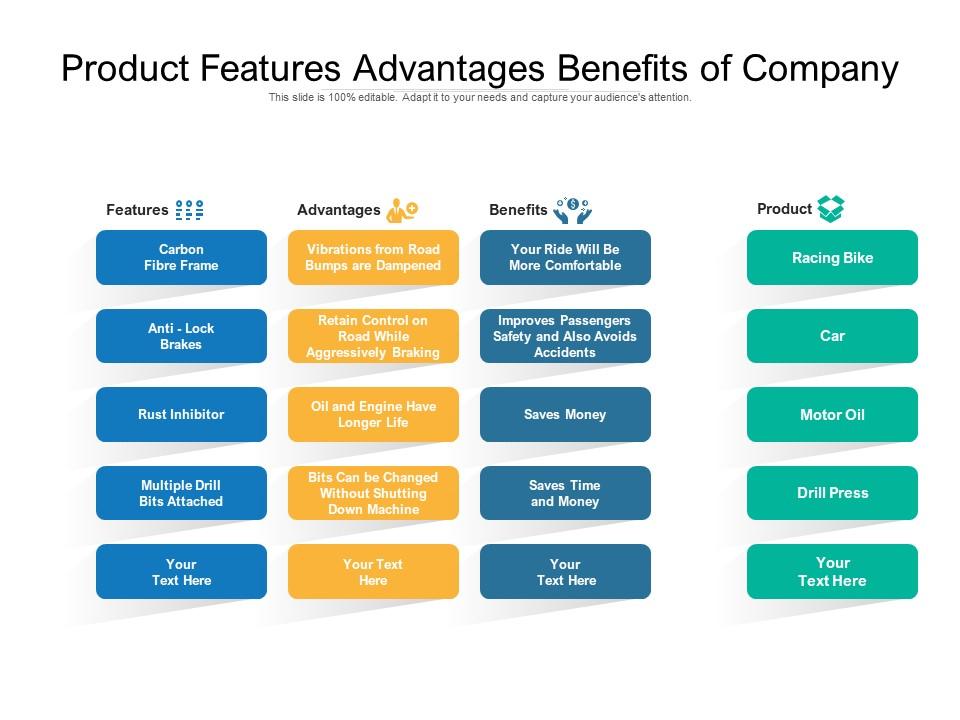Unlocking the Power of Your Product: A Guide to Feature-Benefit Communication for Interior Design & Architecture
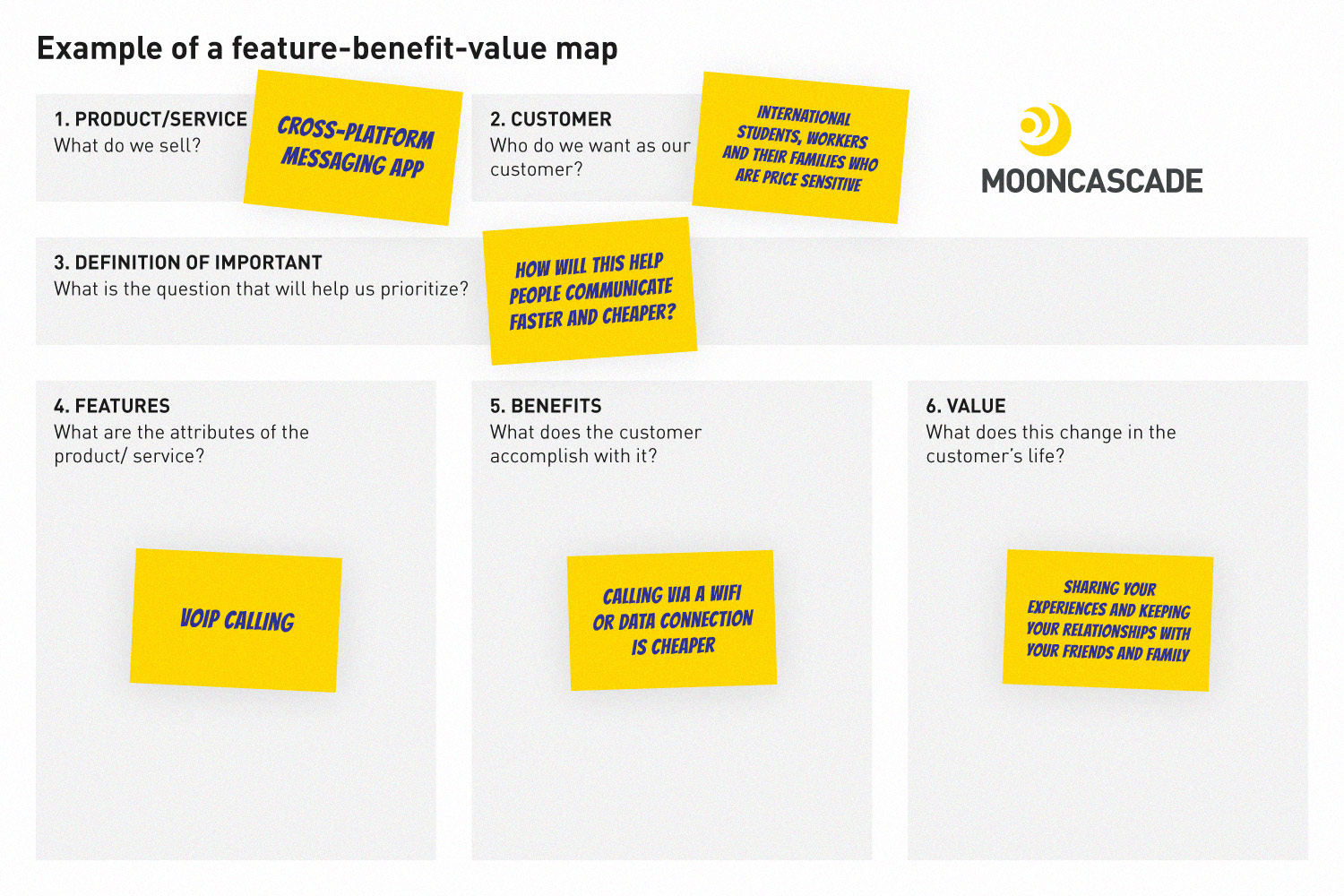
As an expert in both interior design and architecture, I understand the complexities of your product and the diverse needs of your potential customers. To help you effectively communicate the value of your offerings, let’s delve into the art of highlighting features and benefits in a way that resonates with your ideal customer persona.
Defining Your Ideal Customer Persona
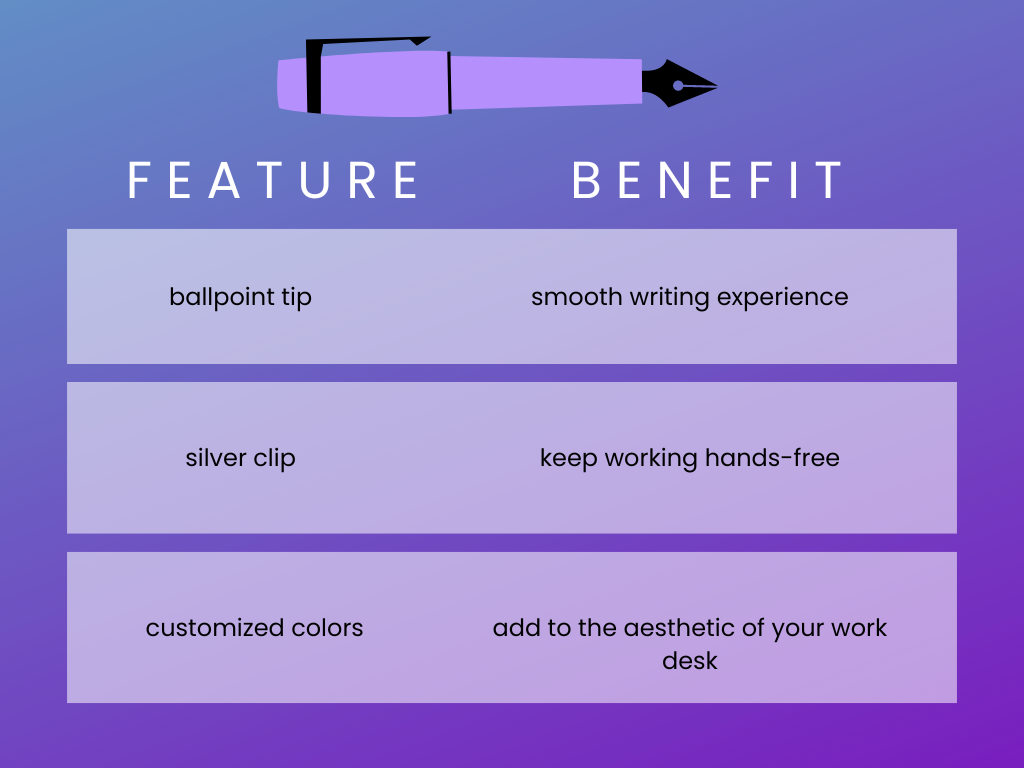
Before we dive into specific features and benefits, it’s crucial to understand who your ideal customer is. This involves creating a detailed profile that encompasses:
- Demographics: Age, gender, location, income level, education, occupation.
- Psychographics: Values, lifestyle, interests, motivations, pain points.
- Behavioral Patterns: Online behavior, purchasing habits, media consumption.
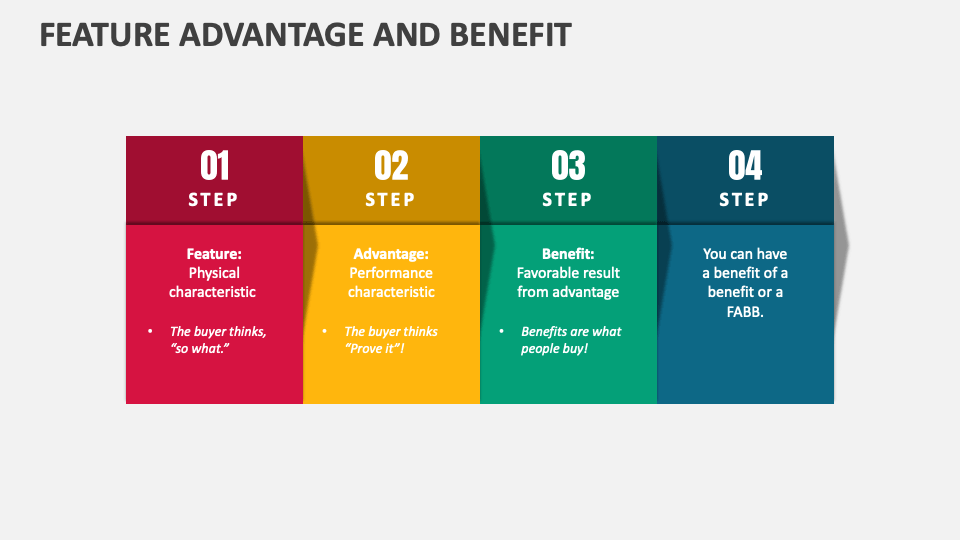

Example: The Modern Family
Let’s imagine your ideal customer is a busy, modern family with two working parents and two young children. They value functionality, aesthetics, and sustainability. They’re tech-savvy and appreciate personalized solutions. They’re also looking for ways to create a harmonious and inspiring home environment for their family.
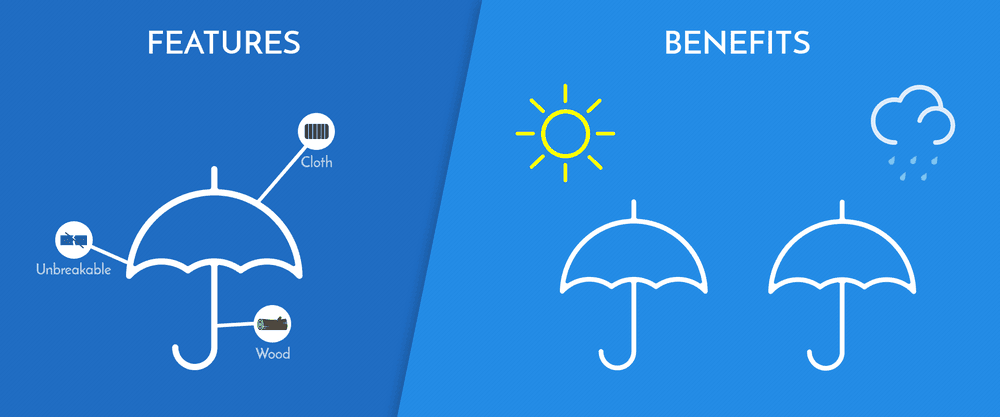
Identifying Key Features and Benefits
Once you’ve defined your ideal customer persona, you can start identifying the features and benefits that resonate most with them. Here’s a framework to guide you:
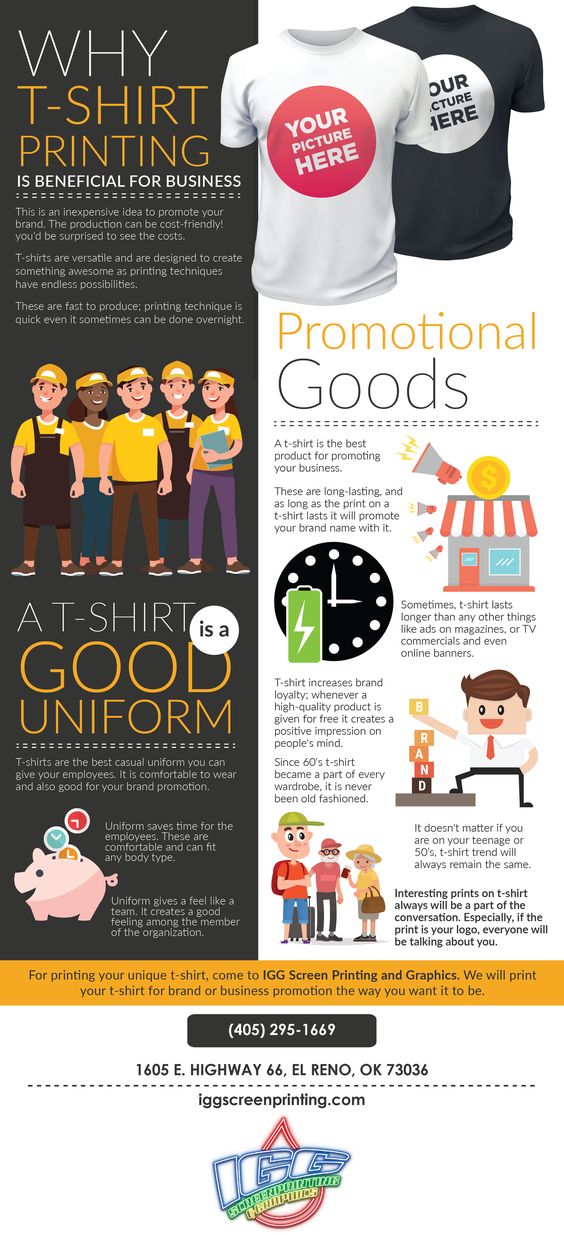
1. Focus on the "Why"
Don’t just list features; explain how they solve problems and address your customer’s needs. For example, instead of saying "Our kitchen cabinets are made of high-quality wood," say "Our kitchen cabinets are crafted from durable, sustainable wood, ensuring long-lasting beauty and functionality for your family."
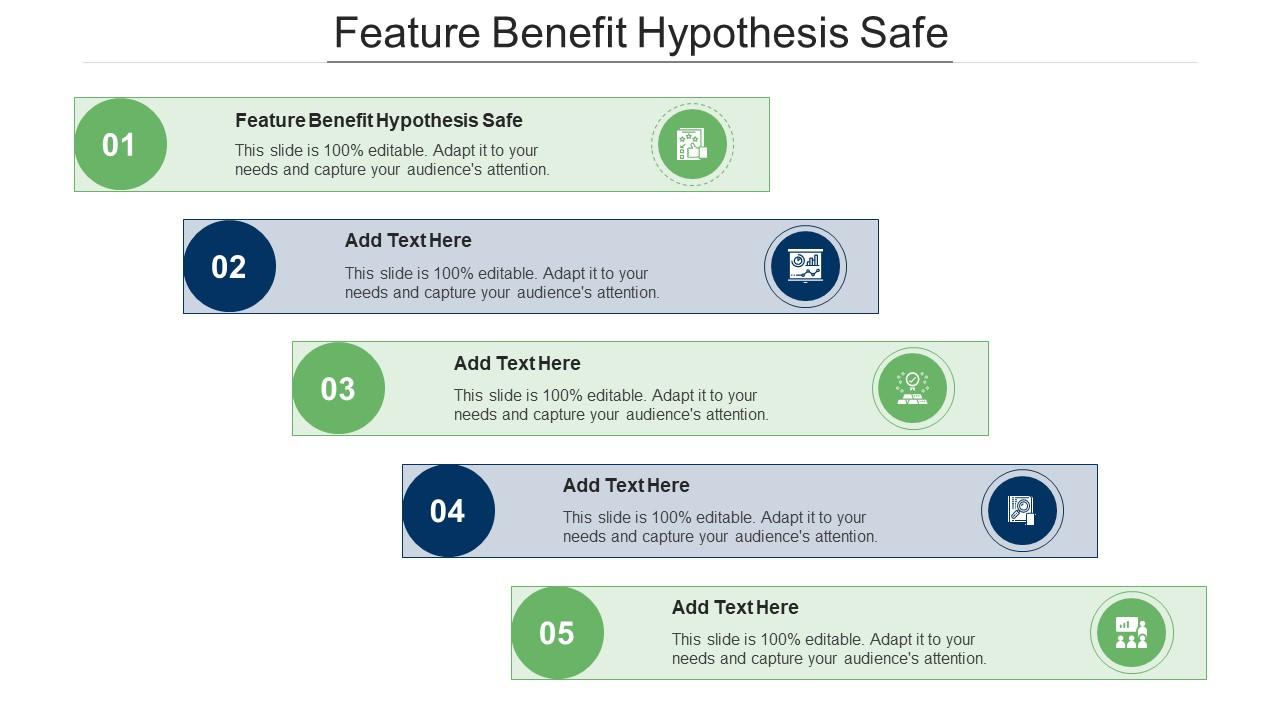
2. Highlight Tangible Benefits
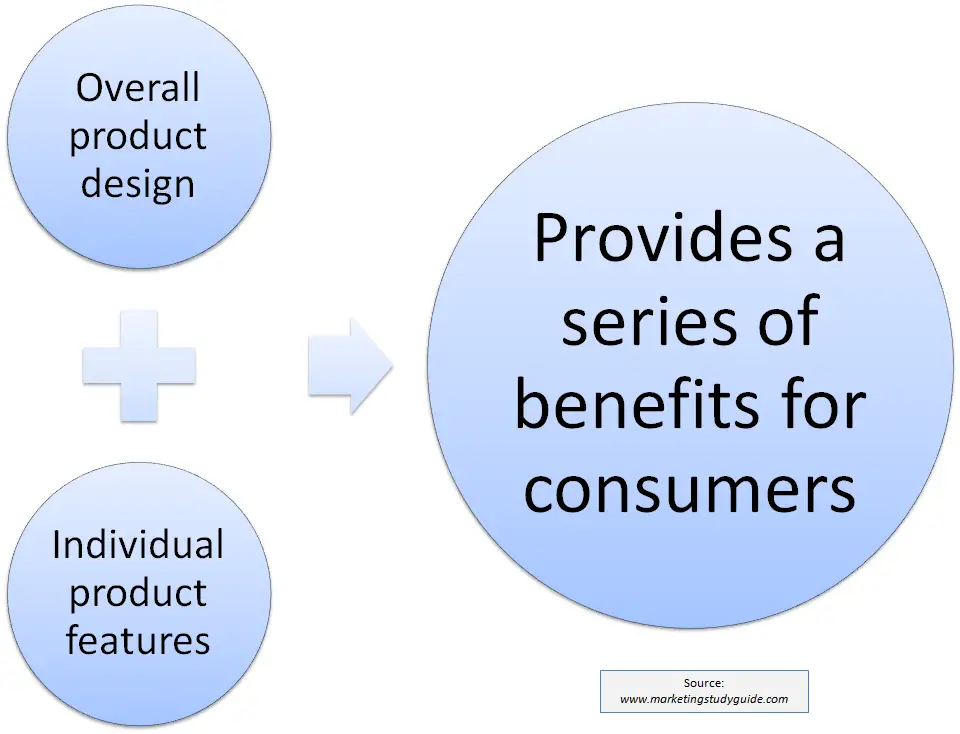
Connect features to tangible benefits that your customers can experience. For example:
- Feature: Open-plan layout.
- Benefit: Creates a sense of spaciousness and promotes family interaction.

3. Emphasize Emotional Benefits
Appeal to your customers’ emotions by highlighting how your product or service can improve their lives. For example:
- Feature: Customizable lighting solutions.
- Benefit: Creates a warm and inviting atmosphere, enhancing the overall feeling of home.
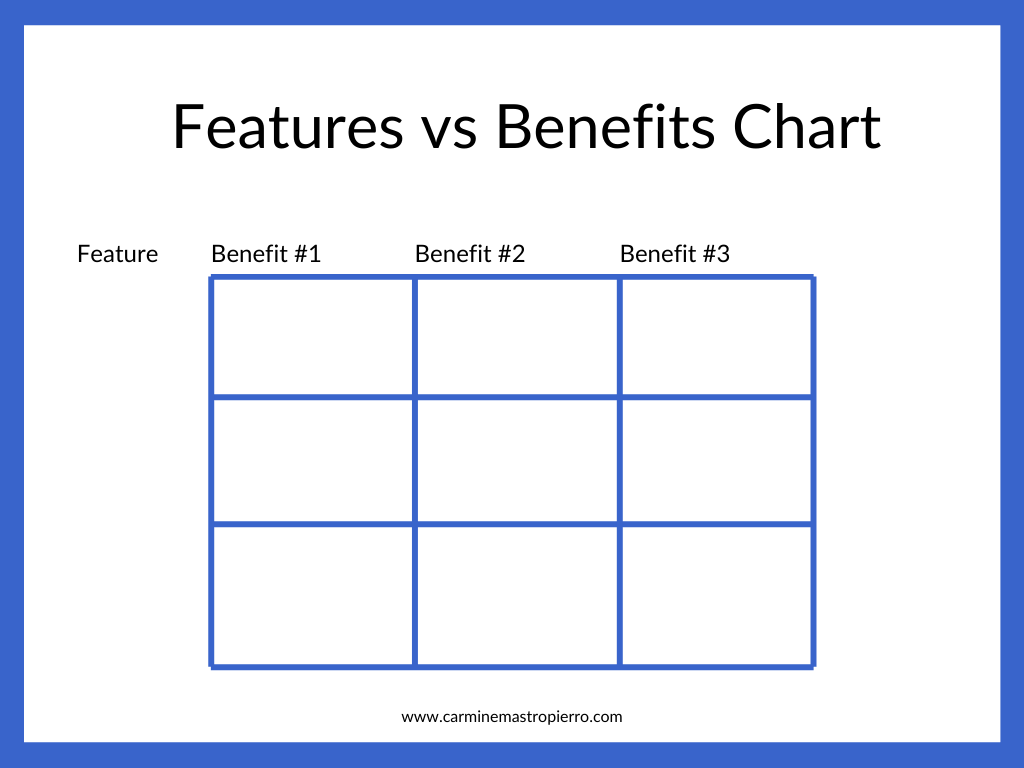

4. Address Pain Points
Identify common challenges your customers face and demonstrate how your product or service offers solutions. For example:

- Pain Point: Limited storage space in a small apartment.
- Solution: Space-saving furniture solutions and clever storage systems.
5. Showcase Uniqueness
What sets your product or service apart from the competition? Highlight unique features and benefits that provide a competitive edge. For example:
- Unique Feature: Sustainable building materials and eco-friendly design practices.
- Benefit: Reduces environmental impact and promotes a healthier living environment.
Examples of Feature-Benefit Communication for Interior Design & Architecture
Let’s apply these principles to specific examples:
Example 1: In-Law Suite Floor Plans
Feature: Dedicated in-law suite with separate entrance and private bathroom.
Benefit: Provides independent living space for aging parents or visiting relatives, offering privacy and comfort.
Example 2: Smart Home Integration
Feature: Integrated smart home technology, including lighting control, security systems, and climate management.
Benefit: Enhances convenience, safety, and energy efficiency, creating a seamless and connected living experience.
Example 3: Sustainable Design Practices
Feature: Use of recycled materials, energy-efficient appliances, and natural ventilation systems.
Benefit: Reduces environmental footprint, promotes a healthier indoor environment, and contributes to a sustainable future.
Example 4: Customizable Design Solutions
Feature: Personalized design consultations and tailored design plans.
Benefit: Creates a truly unique and functional space that reflects your individual style and needs.
Example 5: Virtual Reality (VR) Design Visualization
Feature: Immersive VR experience that allows clients to visualize their design ideas before construction begins.
Benefit: Reduces design uncertainties, enhances communication and collaboration, and ensures client satisfaction.
Crafting Compelling Messaging
Once you’ve identified key features and benefits, it’s time to craft compelling messaging that resonates with your target audience. Here are some tips:
- Use clear and concise language. Avoid jargon and technical terms that may confuse your audience.
- Focus on the benefits, not just the features. Explain how your product or service solves problems and improves lives.
- Tell stories. Use anecdotes and case studies to illustrate the value of your product or service.
- Use visuals. High-quality images, videos, and 3D renderings can effectively communicate your message.
- Build trust and credibility. Showcase testimonials, awards, and industry certifications.
Conclusion
By understanding your ideal customer persona and focusing on the benefits of your product or service, you can create compelling messaging that drives conversions. Remember, the key to successful feature-benefit communication is to connect with your customers on an emotional level and demonstrate how your offerings can make their lives better.
